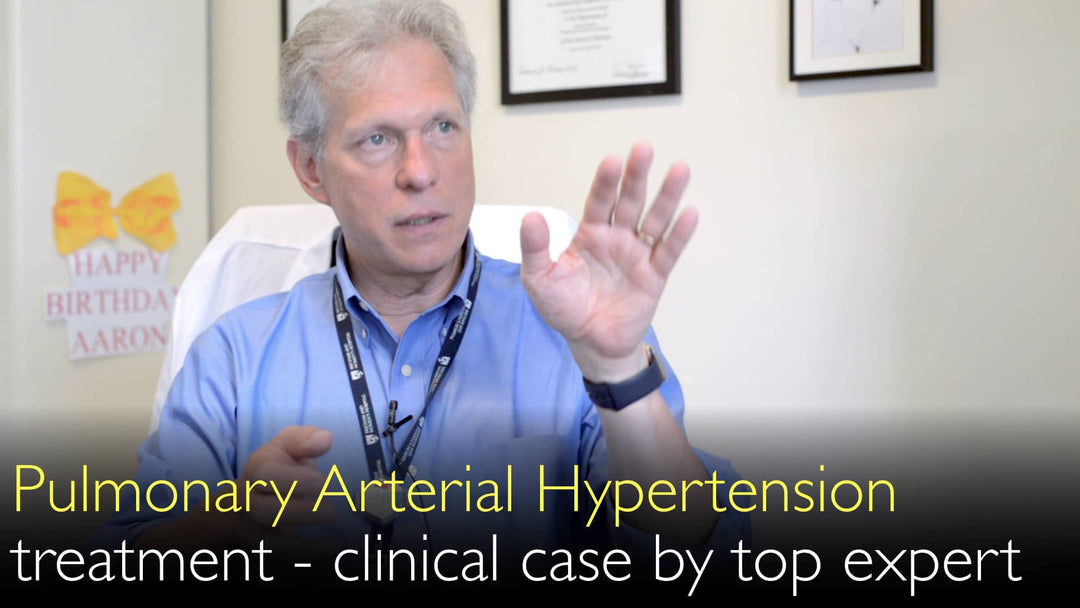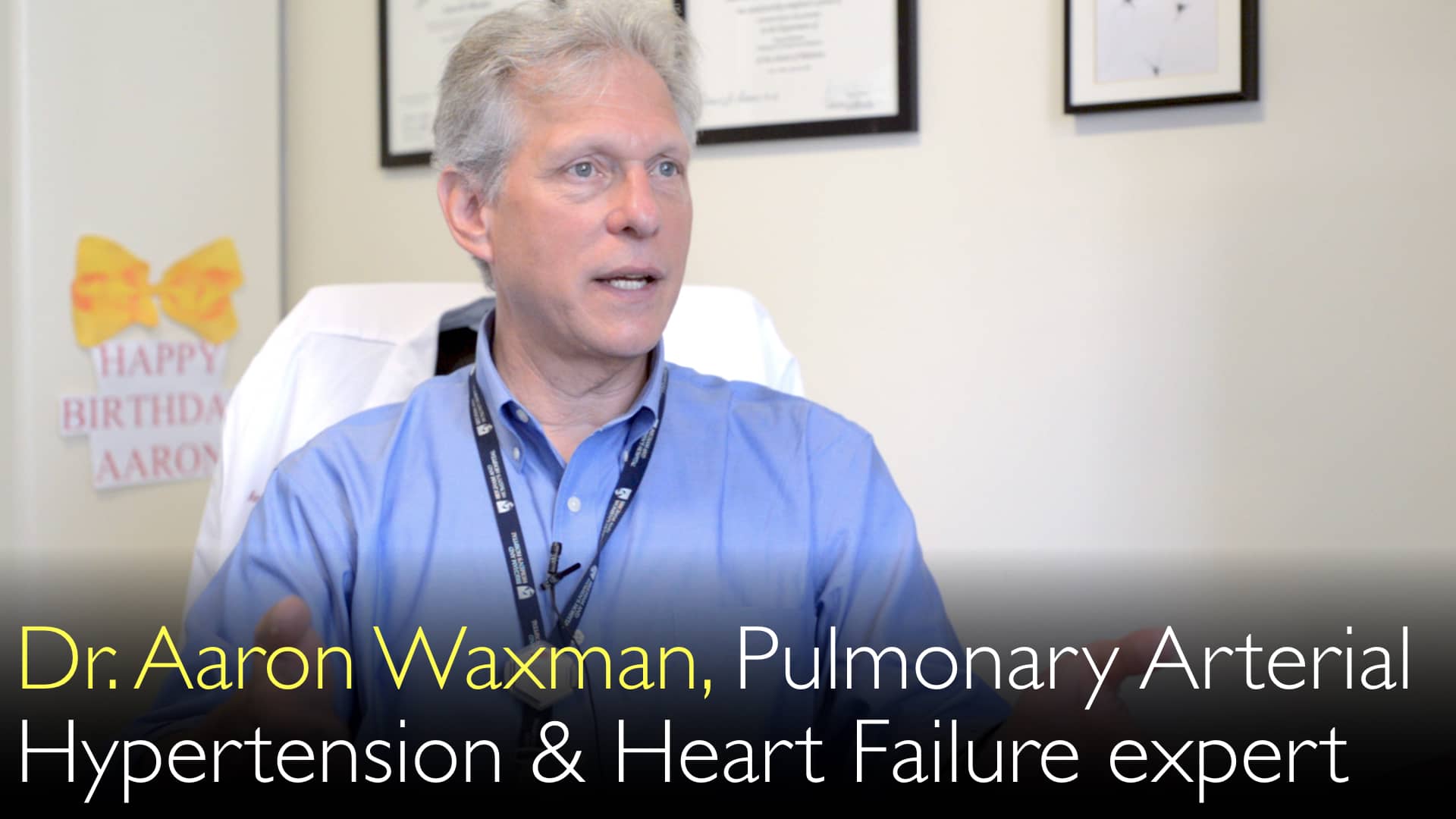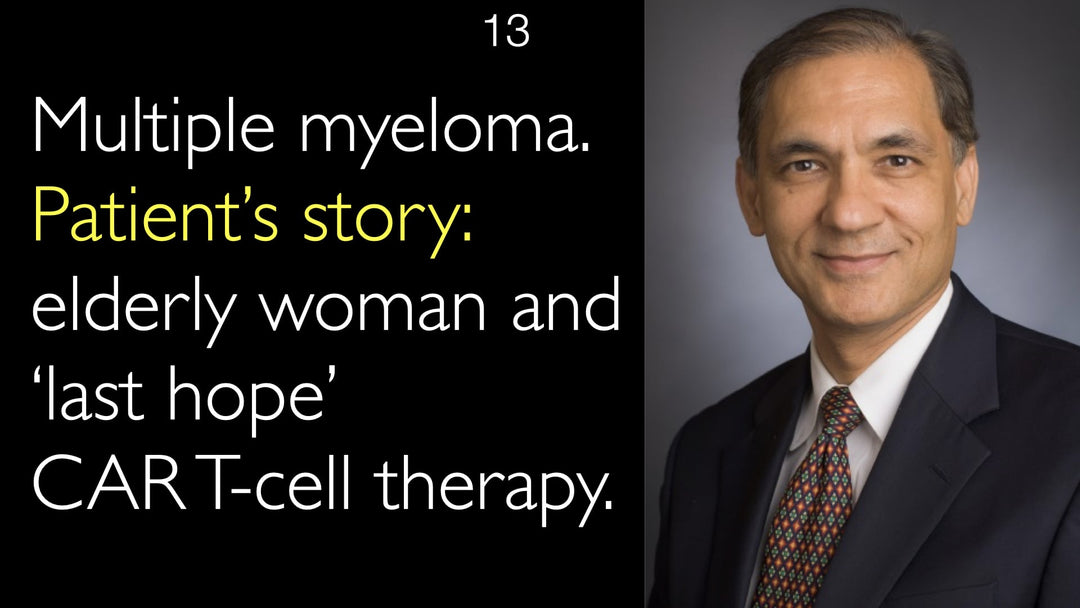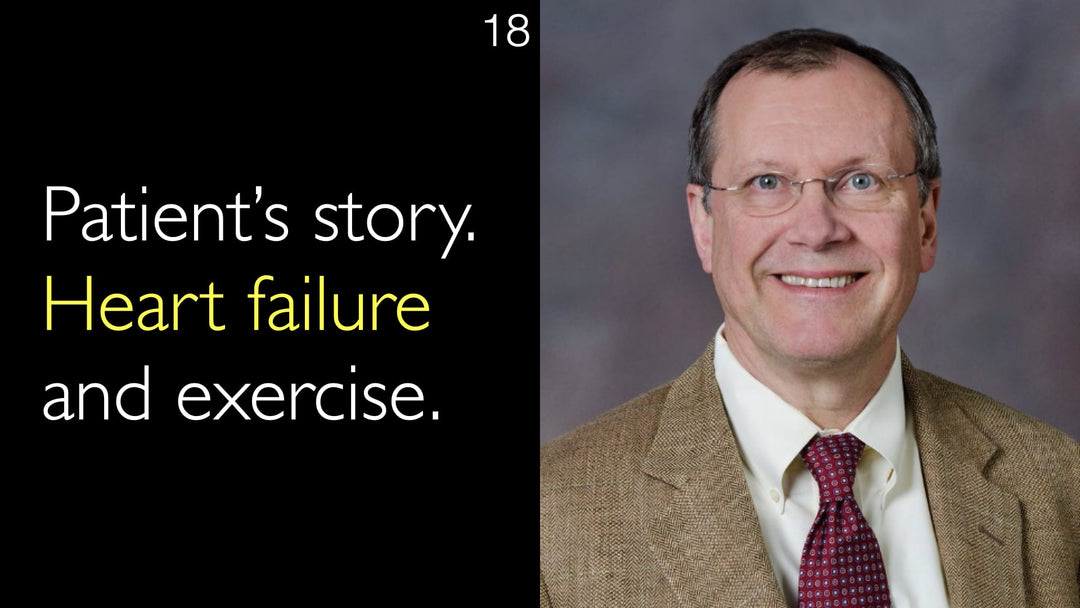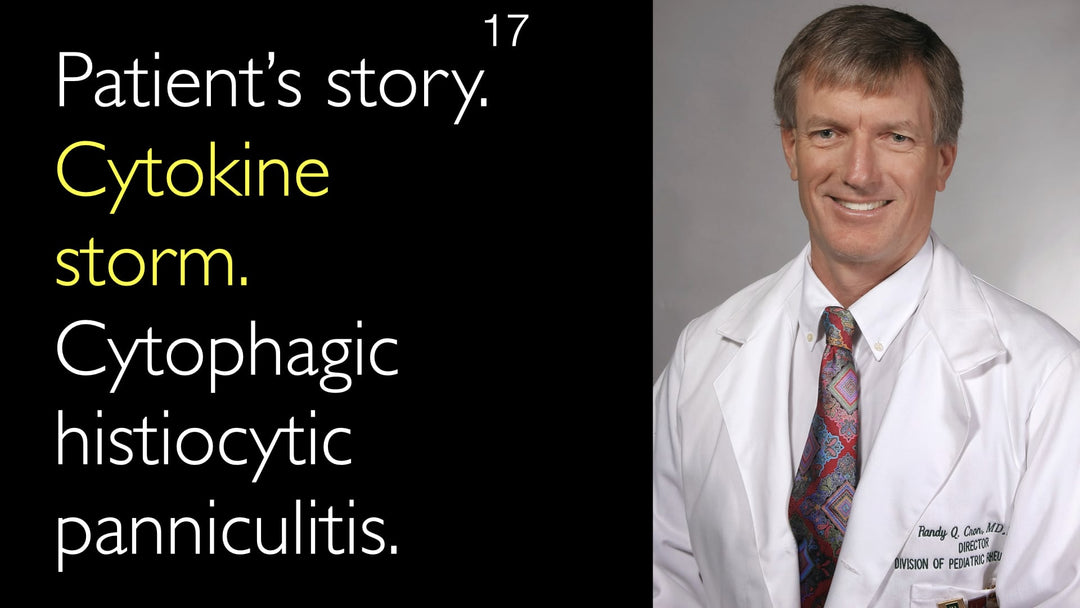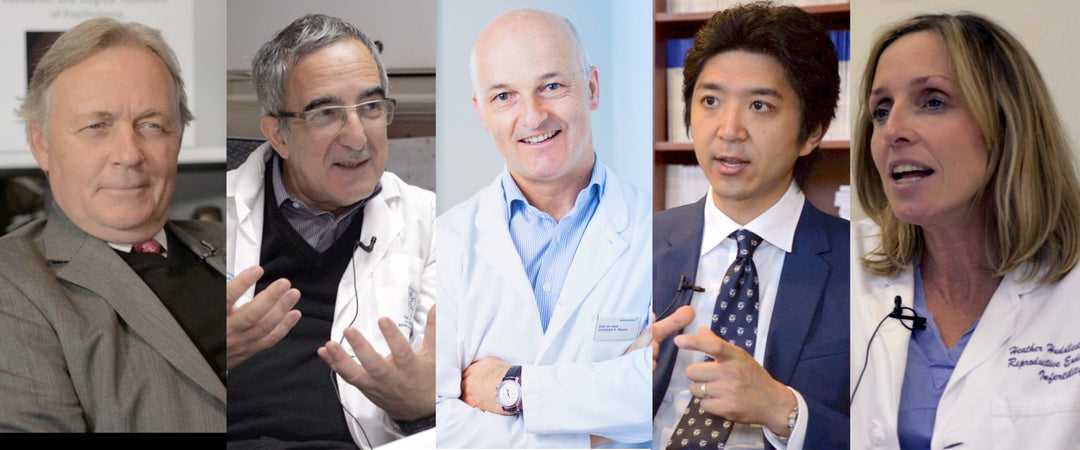Leading expert in pulmonary arterial hypertension and right heart failure, Dr. Aaron Waxman, MD, explains novel treatment strategies for complex lung and heart diseases. He discusses the role of mitochondrial dysfunction in driving disease pathology. Dr. Waxman details the use of combination therapy, implantable delivery systems, and targeted medications like tacrolimus. He highlights the potential of stem cell therapy to restore normal cellular metabolism. These innovative approaches aim to reverse abnormal blood vessel remodeling and improve patient outcomes.
Advanced Treatment Strategies for Pulmonary Arterial Hypertension and Right Heart Failure
Jump To Section
- Novel Treatment Approaches
- Implantable Delivery Systems
- Targeted Immunosuppressive Therapy
- Mitochondrial Dysfunction Treatment
- Stem Cell Therapy Potential
- Medication Repurposing Opportunities
- Full Transcript
Novel Treatment Approaches for Pulmonary Hypertension
Dr. Aaron Waxman, MD, describes advanced multi-modality treatments for patients presenting with idiopathic pulmonary arterial hypertension and right-sided heart failure. These complex cases often require aggressive combination therapy approaches. Treatment typically includes intravenous prostacyclins combined with endothelin antagonists and PDE5 inhibitors like sildenafil or tadalafil.
Dr. Aaron Waxman, MD, emphasizes that current treatments represent the limits of conventional therapy for pulmonary arterial hypertension. This recognition has driven the development of innovative treatment strategies that go beyond standard protocols.
Implantable Medication Delivery Systems
Dr. Aaron Waxman, MD, discusses revolutionary fully implantable medication delivery systems currently awaiting FDA approval. These systems eliminate the need for external Hickman catheters that carry significant infection risks. By placing all components internally, these devices dramatically reduce complication risks associated with long-term medication infusion.
The implantable systems represent a major advancement in pulmonary arterial hypertension management. Dr. Aaron Waxman, MD, notes this technology could transform how patients receive continuous medication therapy while improving quality of life.
Targeted Immunosuppressive Therapy
Dr. Aaron Waxman, MD, explains innovative uses of low-dose anti-inflammatory immunosuppressive therapies for pulmonary arterial hypertension. Medications like tacrolimus, typically used for transplantation immunosuppression, show promise in reversing acquired genetic abnormalities driving lung blood vessel remodeling.
Working with collaborators at Stanford University, Dr. Waxman has treated advanced pulmonary arterial hypertension patients with tacrolimus. This targeted approach addresses the abnormal pathway functions that contribute to disease progression in lung vasculature.
Addressing Mitochondrial Dysfunction in Lung Disease
Dr. Aaron Waxman, MD, identifies mitochondrial dysfunction as a critical factor in pulmonary arterial hypertension and right heart failure. Patients show inefficient metabolic approaches, shifting toward glycolysis instead of oxidative phosphorylation. This metabolic abnormality contributes to the shortness of breath experienced by lung disease patients.
As an intensive care specialist, Dr. Waxman observes that mitochondrial damage or hibernation occurs in various critical conditions including septic shock. He emphasizes that targeted therapies capable of regenerating mitochondria could revolutionize treatment for multiple critical illnesses.
Stem Cell Therapy Potential for Heart Failure
Dr. Aaron Waxman, MD, discusses groundbreaking stem cell studies aimed at addressing metabolic shifts in heart failure. Research shows that stem cells can fuse with diseased cells and transfer mitochondria, restoring normal bioenergetics. This approach represents a novel way to treat the underlying metabolic dysfunction in failing hearts.
In experimental models, mesenchymal stem cells infused directly into the right coronary artery demonstrated remarkable survival and proliferation. Dr. Waxman believes these stem cell approaches could fundamentally change how clinicians treat both lung disease and heart failure patients long-term.
Medication Repurposing Opportunities
Dr. Aaron Waxman, MD, highlights the significant potential of medication repurposing in treating pulmonary diseases. Many existing medications, including statins, demonstrate effects on mitochondrial function that could benefit lung disease patients. This approach offers both cost savings and accelerated treatment availability.
Dr. Waxman maintains an open approach to novel treatment ideas that show physiologic, metabolic, and biochemical rationale. He emphasizes that scientifically sound concepts deserve investigation regardless of their original intended use.
Full Transcript
Dr. Anton Titov, MD: Stem cells, mitochondrial dysfunction, right heart failure, and pulmonary hypertension. A leading physician shows the complexity of precise diagnosis and precision medicine treatment of heart and lung disease patients today. Is there a clinical case you could discuss? Perhaps a situation that could illustrate pulmonary arterial hypertension and right-sided heart failure?
Dr. Aaron Waxman, MD: There are many clinical cases. Here are the clinical situations that come to mind. We obviously have many patients who present with symptoms of pulmonary arterial hypertension and right-sided heart failure. Some patients presented with very advanced lung disease.
We are using multi-modality treatments. These are patients who generally have idiopathic pulmonary arterial hypertension. Patients present in right-sided heart failure. We start patients on aggressive therapy with intravenous prostacyclins. We also use combination therapy with endothelin antagonists and PDE5 inhibitors, like sildenafil and tadalafil.
But that is the limit of our ability to treat patients with pulmonary arterial hypertension and right ventricular heart failure. We have worked with companies to develop novel treatment approaches to pulmonary arterial hypertension and right-sided heart failure. That includes fully implantable medication delivery systems.
We are waiting for FDA approval on one such implantable treatment system at this time. But we have been able to get rid of Hickman catheters. We put everything inside the body of a patient. We limit the infection risk and complication risk with the medication delivery systems.
We have also been able in those patients with pulmonary arterial hypertension to think outside the box. We use targeted therapy. We use anti-inflammatory immunosuppressive therapies in low doses. That might help reverse some of the abnormal pathway functions that are driving lung blood vessel remodeling.
An example is using a medication like tacrolimus. It is normally used for transplantation and immunosuppression. In low doses, we have evidence that tacrolimus may reverse some of the genetic abnormality that is acquired in pulmonary arterial hypertension lung disease.
We work with collaborators at Stanford University. We have been treating some of our more advanced pulmonary arterial hypertension patients with tacrolimus. There is another targeted therapy that we use in these patients that targets mitochondrial function.
Because we have learned in all of these patients that there is dysfunction of mitochondria. There is an inefficient approach to metabolism. Patients with right-sided heart failure tend to shift to glycolysis rather than oxidative phosphorylation.
We use different medications that we know might do the reversal of that pathological process. We have started treating some patients with pulmonary arterial hypertension. These patients have responded well to these treatments.
It is very interesting! Because you showed that there is a mitochondrial dysfunction in many lung diseases. The mitochondria are energy-generating power stations of the cell. It could explain some of the shortness of breath that the patients with lung disease are experiencing.
Dr. Anton Titov, MD: Yes, mitochondria. As an intensive critical care specialist, I see patients with severe lung disease and septic shock. Patients come to the intensive care unit with other types of shock you want to address. It is probably ultimately the mitochondria that are getting damaged or become dysfunctional or become hibernating.
We should have targeted therapies that can get into the cell, get into the mitochondria, and regenerate mitochondria. Then we will probably change how we treat patients with septic shock. One of the goals when we started our stem cell studies is this.
When we see patients in heart failure, there is a clear shift in metabolism to glycolysis from oxidative phosphorylation in the myocardium. We thought that because of data from in vitro studies, stem cells and diseased cells can fuse and transfer mitochondria and restore normal bioenergetics.
There are experiments when you take stem cells and you mix them with diseased cells. We thought, why can't we do that in the living heart? That is why we did our initial stem cell studies to infuse stem cells into the heart.
We were looking at mesenchymal stem cells infused directly into the right coronary artery in these models. We were able to see that these stem cells go into the heart. Stem cells proliferate. They were surviving much longer inside the heart than any other prior stem cell studies had shown.
These are novel approaches that could change the way we treat lung disease and heart failure patients in the long run.
Dr. Aaron Waxman, MD: Well, mitochondria are very interesting. Statins also work on the mitochondria.
Yes, a number of medications work on mitochondria. That gets to the topic of medication repurposing. A lot of medications that we use for one treatment indication, we are learning that the same medication may be useful in other disease indications.
This not only could save money, but it could save time to getting medications approved for treating these lung diseases. We are open to any novel idea. Sometimes someone comes up with an idea and it makes physiologic, metabolic, biochemical sense. Then that idea is worth investigating!


